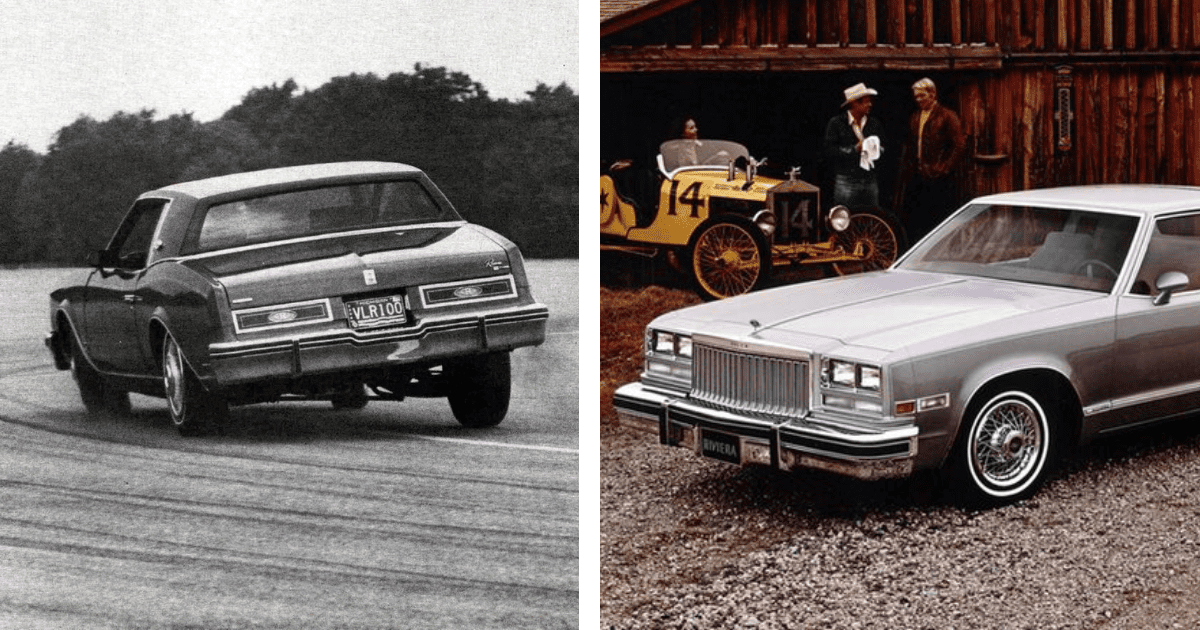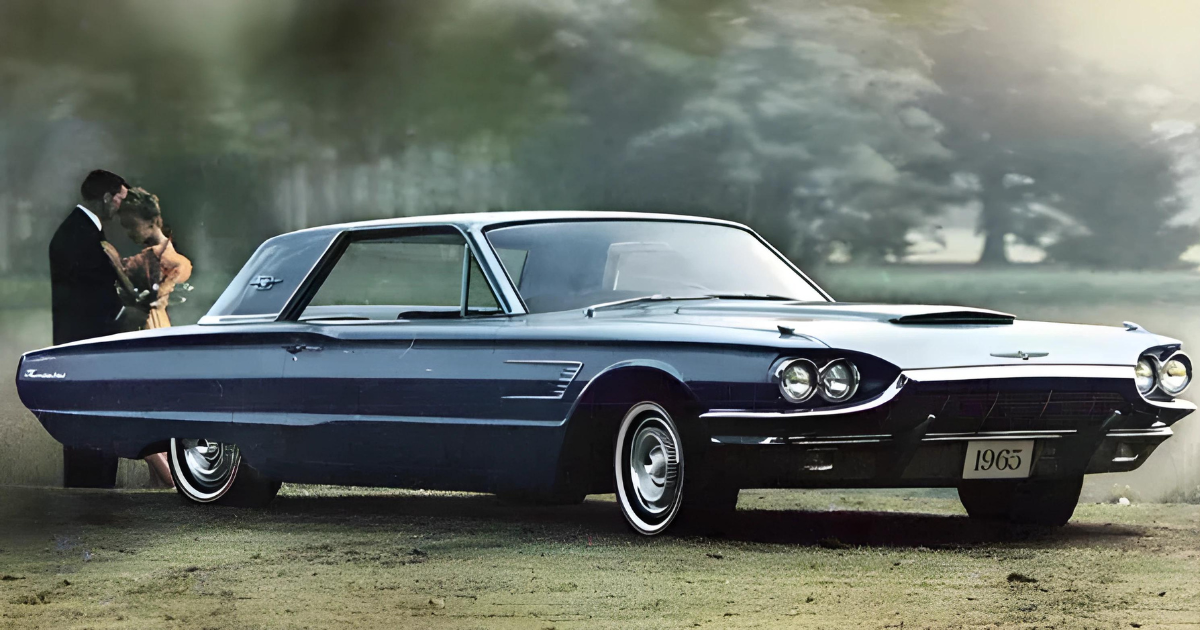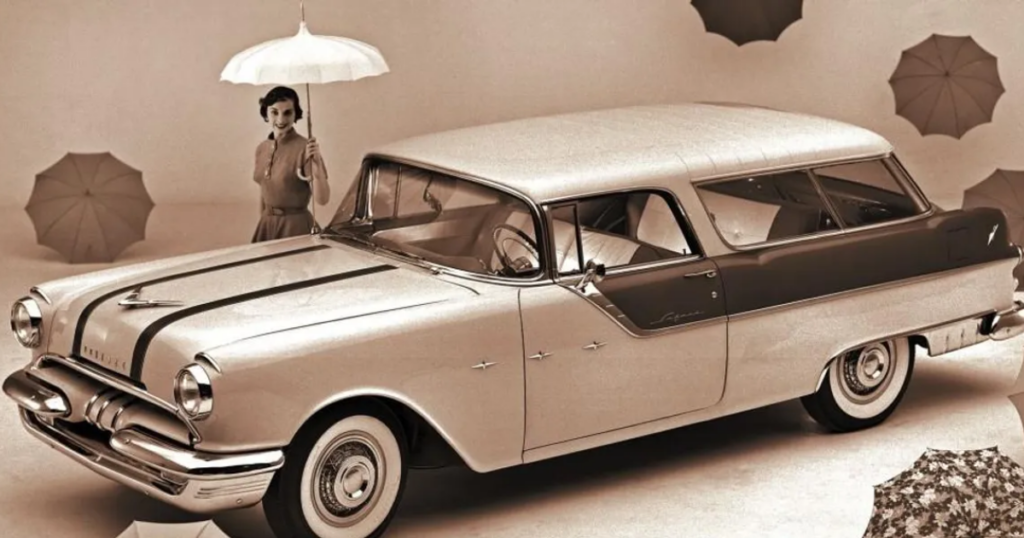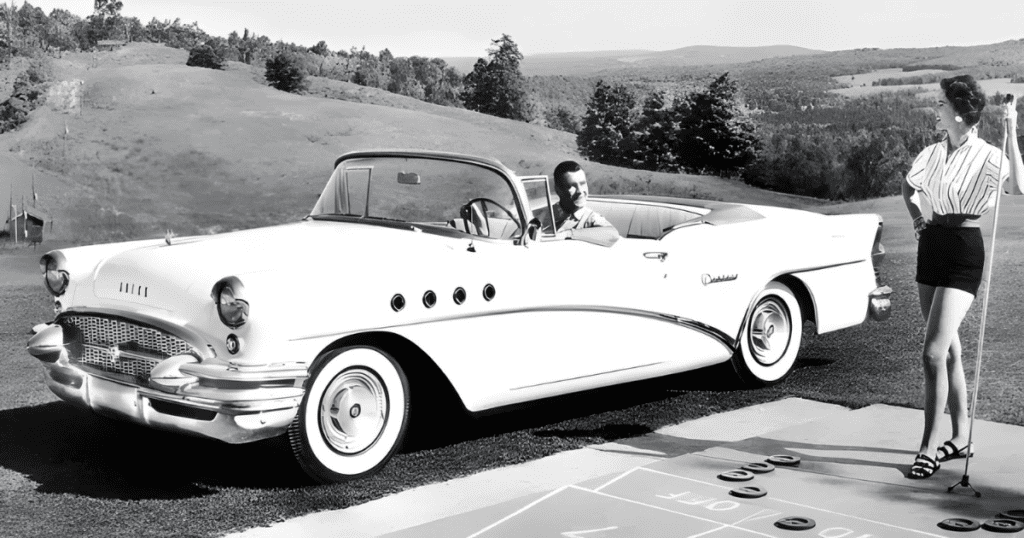
In the glory years of the Motor City, the sales leaders of the industry—Chevrolet, Ford, and Plymouth—were known as the Big Three, and it was for good reason. Year in and year out, they typically towered over the other carmakers in volume and very seldom were any of the three brands toppled from their perches. But in 1955, GM’s Buick division managed to pull it off, grabbing third place away from Plymouth.
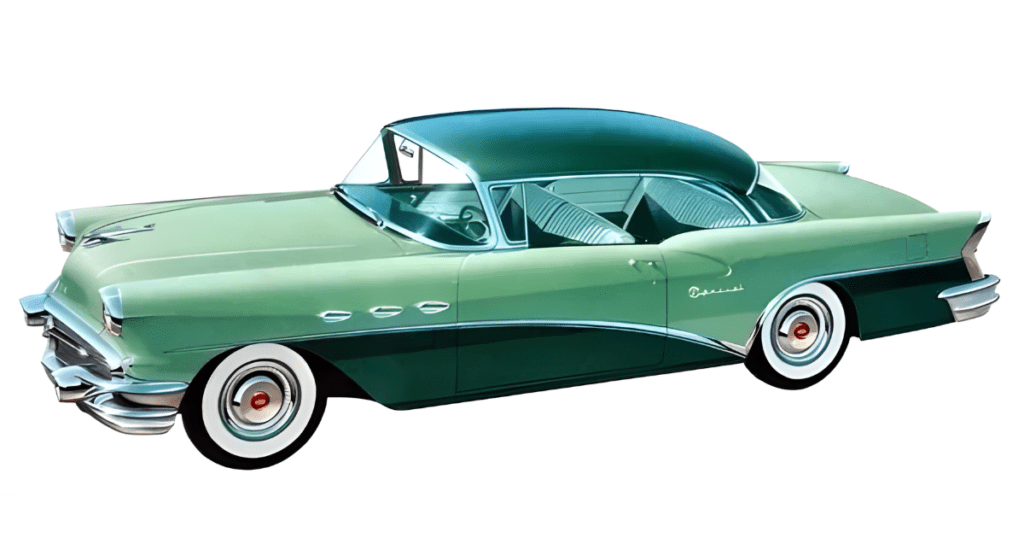
Buick boasted an all-new exterior and an improved Variable Pitch Dynaflow transmission for 1955, producing an enticing combination of style, value, and features. But as much as anything, it was the booming postwar economy that pushed Buick up the sales charts that year.
Buick’s volume leader, the junior-model Special, was priced at just a few hundred dollars more than the Plymouth Belvedere, and for car buyers with a few extra bucks in their pockets, it was an easy choice.

Of the four Buick trim levels for ’55 (Special, Super, Century, and Roadmaster) the Special was responsible for more than half the division’s 738,814 sales. However, in every model line except Roadmaster, the best-selling body style was the stylish Riviera two-door.
Pillarless hardtops were the hot trend of the time and spotting an opportunity, GM added a four-door hardtop to the Special and Century lines in ’55. It was a hit, too, as the Century Riviera four-door outsold its four-door post-sedan counterpart by a four-to-one margin.
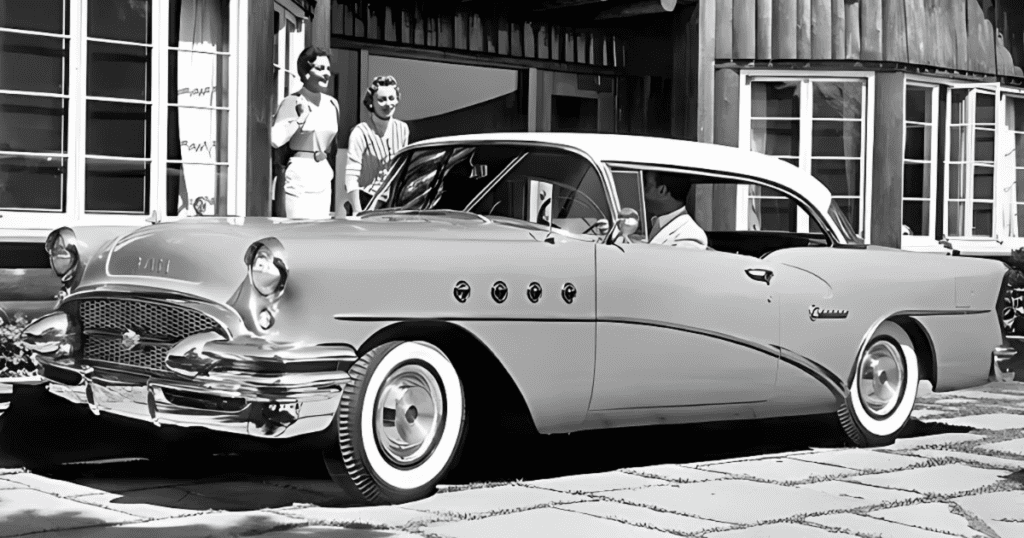
Reportedly, Buick had trouble keeping up with the sales bonanza. The plants ran triple shifts to meet the demand and many say the build quality suffered as a result. The division hung onto the third spot in 1956 but just barely, with Plymouth only 1,500 cars behind.
Now the economy was cooling down and U.S. passenger car production slipped from 8.3 million in ’55 to 6.3 million in ’56. Plymouth reclaimed third place in 1957 as buyer demand refocused on price. When the so-called Eisenhower recession arrived in 1958 and unemployment nearly doubled to 7.5 percent, the upmarket, mid-priced cars were hit especially hard, Buick included.
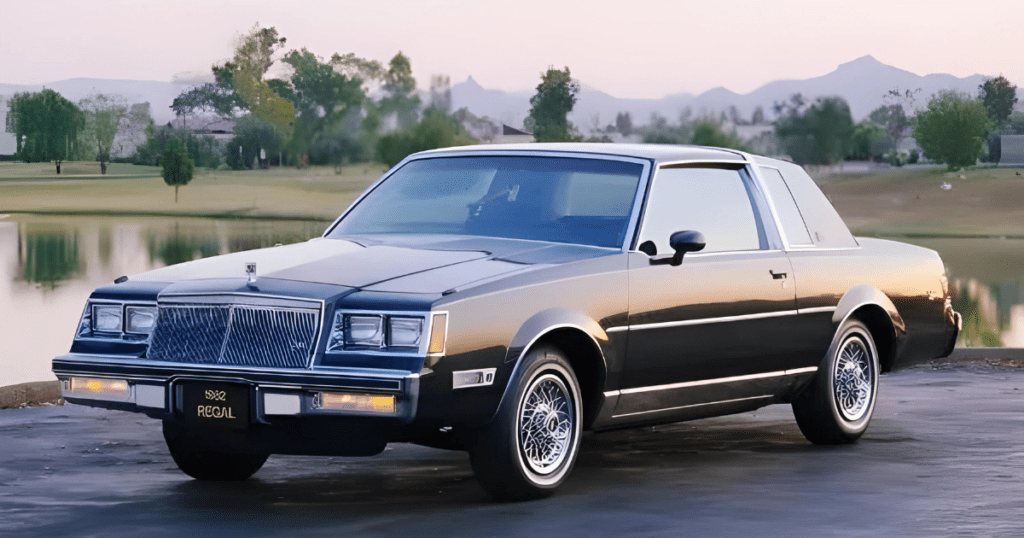
As if to prove the recent adage, “History doesn’t repeat itself, but it does often rhyme,” Buick briefly returned to the number three spot in 1982-83. In the early ’80s, personal luxury cars were winners for domestic brands, and the Buick Regal coupe (above) was the division’s biggest seller.
But as competition from the imports and transplants ate away at GM’s market share, Buick faded from the upper ranks of the sales charts. Today, all the Buicks sold in the USA are crossover SUVs, and the bulk of the division’s sales are in China.
